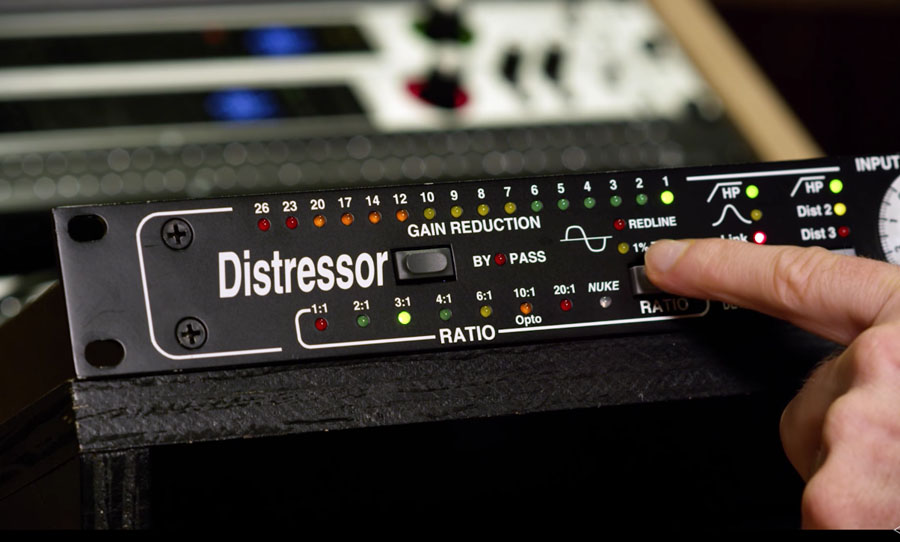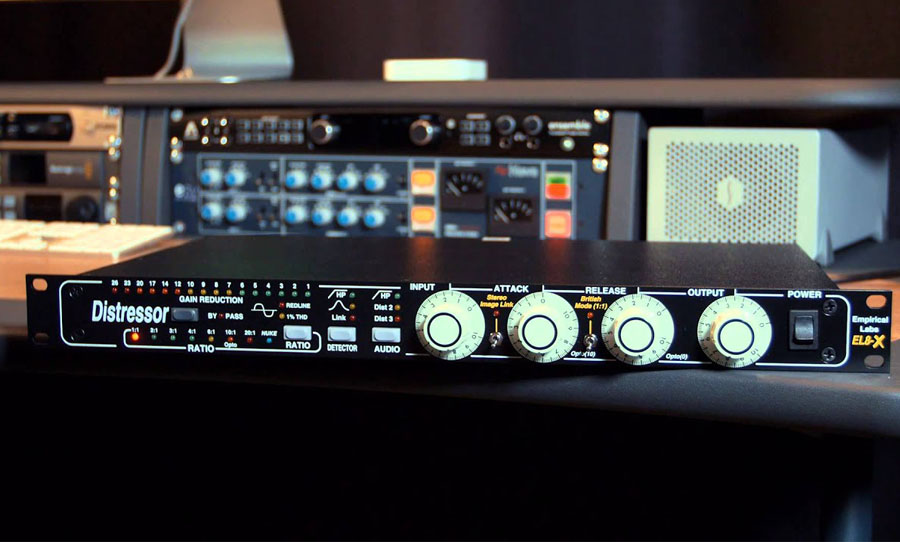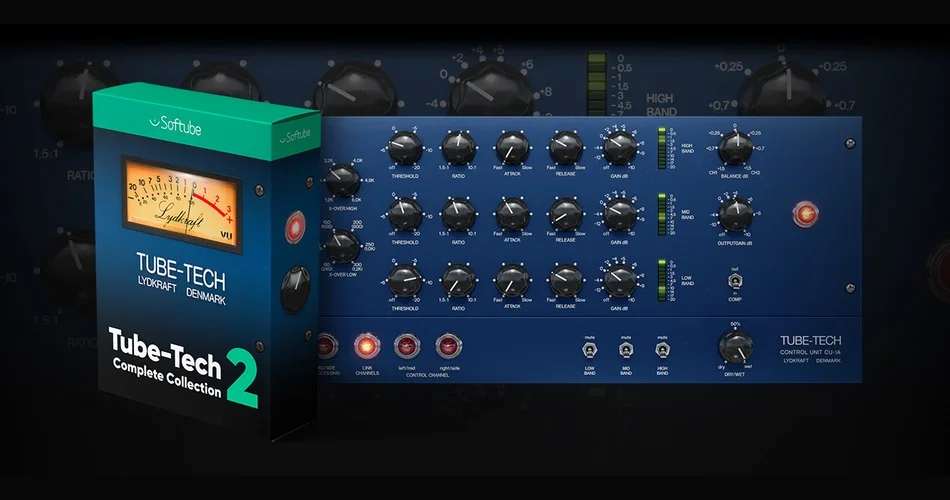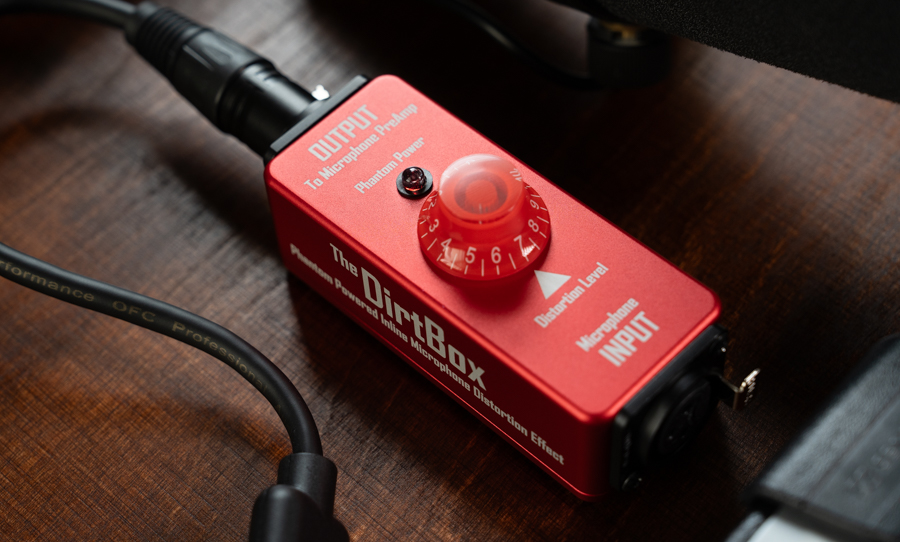The EL8 Distressor from Empirical Labs has often been described as the Swiss army knife of compression. Read on to discover the story behind this modern classic.
The classic image of the studio involves bar-fridge sized racks, crammed with outboard gear, with the expensive front panels looking up to greet you, inviting you to patch them in.
There’s also a fair chance that these racks are bound to be populated with compressors. You know the usual suspects, the Teletronix LA-2A, Urei 1176, dbx 160A and more from distant epochs.
But what if there was one device that brings all of the sounds under the one umbrella. This is the guiding principle behind the ingenious Empirical Labs Distressor – Dave Derr’s love letter to the classics.
But far from being a simple homage, this device offers a lot more than gain control.

The Modern History of the EL8-Distressor
Dave Derr, the man behind Empirical Labs, bridged the worlds of the studio and development of audio technology.
Leading to the establishment of his own company in 1988, he was part of the Eventide team, playing a role in the development of the H3000, H3500 and DSP4000, truly immersing himself in world of digital signal processing.
While the modulation and ambience of Eventide seems far removed from the claustrophobic crunch of the Distressor, Derr’s skills in the digital world paid dividends when it came to developing his compressor.
The Distressor features analog circuitry with digital control, making it easy to flick between its many settings and expanding its repertoire beyond what you would expect from an analog compressor.
After hitting the market in 1996, it’s gone onto grace studios the world over, selling close to 40,000 units so far.

Controlling Chaos
The controls of the Distressor are equal parts unique and familiar. Starting from the left, there is the ratio button selector.
Most compressors would have a dial for this function, but the Distressor offer a single button that steps through different ratios, all of which highlight different characters of compression.
From the 1:1 through to 4:1, the compressor exhibits a soft knee character – meaning that the device won’t compress too aggressively, too quickly.
This level of compression is suitable for gently taming the peaks on vocal for instance, without significantly colouring the sound.
Keep hitting that ratio switch and you’ll definitely start noticing the effect. The knee starts to bite a little harder, with more of a firm squash being applied.
At the 10:1 or Opto setting, the spirit of the Teletronix LA-2A is invoked, with its customary colourful optical compression. Further still, you get to the Nuke setting.
This setting is just the thing for creating those larger than life drum sounds – think John Bonham on steroids.

Not Just a Compressor
The Detector section of the Distressor adds another layer of versatility. Though it’s not in the audio path, you can set it to detect certain audio information that will affect how the compressor operates.
The high-pass filter means it will not detect frequencies below 80Hz. This comes in handy if you’re compressing a whole drum kit for example and you don’t want to overly squash the kick drum.
Engaging the mid boost means that the detector will push up middle range frequencies before it hits the compressor. Counterintuitively perhaps, this results in more compression being applied to the mid range, making it less audible.
This would be useful for taming a harsh mid range resonance in a guitar or a vocal performance. This section is rounded off by the link setting, allowing you connect to another Distressor for a stereo configuration, or to connect it with the subsequent audio section.
The audio section switch allows you to actually high pass filter the audio, cutting signal below 80Hz – the opposite of the Detector section.
Beyond that are two of the settings that make the Distressor such a singular beast (the portmanteau is of distortion and compressor isn’t just for show).
Dist 2 offers up a tube-style distortion which emphasises second order harmonics. The Dist 3 setting dishes up the third order harmonics that are most often associated with tape saturation.
What’s more, all buttons can be engaged in different combinations. If you want to have the high pass filters switched on from the detector and audio sections, with added distortion, it’s all possible.
Combined with the plethora of compression options, these distortion and linking settings put the Distressor in a league of its own.

All Buttons In
From then on, the compression controls are more or less traditional. The input comes first, which can be thought of as threshold control, then attack, release and output.
These setting are all controlled via the Distressor’s iconic white knobs. On the EL8-X version of the device, you’ll also find a British Mode switch.
This is a nod to the British engineers who used and abused the Urei 1176 in the 1970’s. They found that when you engage all four ratio buttons on the 1176, the compressor was able to conjure a dramatically increased distortion, even though it wasn’t designed for this purpose.
With a hardware device this popular, it’s easy to see why it’s made a splash as a plugin too. Empirical Labs themselves have got in on the action with the release of the Arouser plugin.
It features all the controls of the original with some added extras like parametric EQ in the detector section. Universal Audio have also thrown their hat in the ring with their version of the classic device, which features a dry/wet control for parallel processing.
Usually, the outboard wishlist for studio types is a roll call of vintage pieces. One of the differences in the Distressor story is that it’s a decidedly modern tale.
The compressor with an analog nervous system that’s controlled with a digital brain couldn’t have happened in the ’60s or ’70s – the decades in which so much gear is fetishised.
It’s refreshing to see that a piece of gear that has shaped so many records is decidedly modern, but is still clever enough to tap into compression history when it wants to.


